Mulching is one of the simplest and most effective practices for maintaining healthy, attractive, and weed-free flower beds. Acting as a protective barrier between the soil and the environment, mulch helps retain moisture, regulate soil temperature, prevent weed growth, and enhance the overall appearance of your garden.
A common question gardeners ask is:
“How much mulch is needed for flower beds?”
Applying the correct amount of mulch is essential for both plant health and landscape aesthetics. Too little mulch fails to provide adequate benefits, while too much can suffocate plant roots, cause excessive moisture retention, and lead to plant diseases.
In this comprehensive article, we’ll explore how to calculate mulch quantities, determine the ideal depth, types of mulch to use, application techniques, and important tips to get the most out of your mulching efforts.
What Is Mulch and Why Use It in Flower Beds?
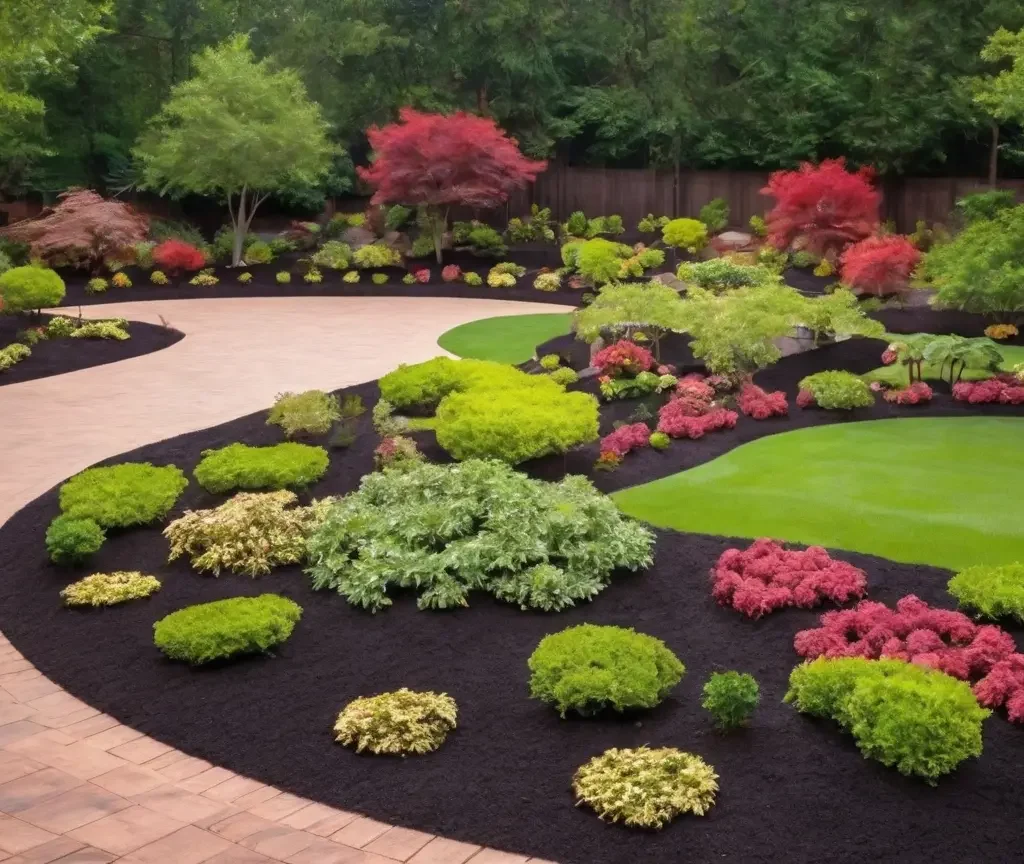
Mulch is any material spread over the soil surface to serve as a protective cover. It can be made from organic or inorganic materials and provides several valuable benefits in flower beds:
- Suppresses weeds by blocking sunlight
- Retains soil moisture by reducing evaporation
- Moderates soil temperature, keeping it cooler in summer and warmer in winter
- Prevents soil erosion from rain and wind
- Adds nutrients as organic mulch decomposes
- Creates a polished, clean look in garden beds
Popular types of mulch include:
- Organic: wood chips, bark, shredded leaves, straw, pine needles, compost
- Inorganic: gravel, rubber mulch, landscape fabric
How Much Mulch Is Needed for Flower Beds?
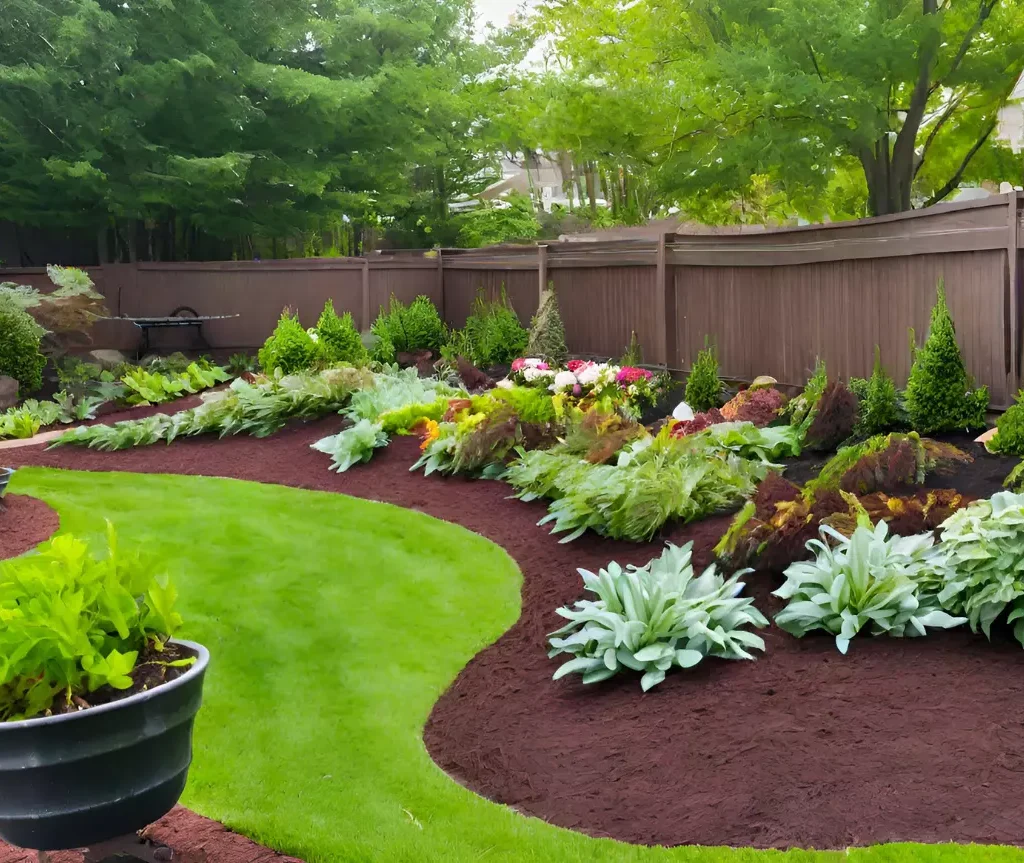
Ideal Mulch Depth:
For most flower beds:
- 2 to 3 inches (5 to 7.5 cm) of mulch is ideal.
This depth effectively suppresses weeds and retains moisture without suffocating plant roots or preventing air and water from reaching the soil.
Note: Avoid piling mulch directly against plant stems, tree trunks, or flower crowns to prevent rot and pest problems.
Calculating How Much Mulch You Need
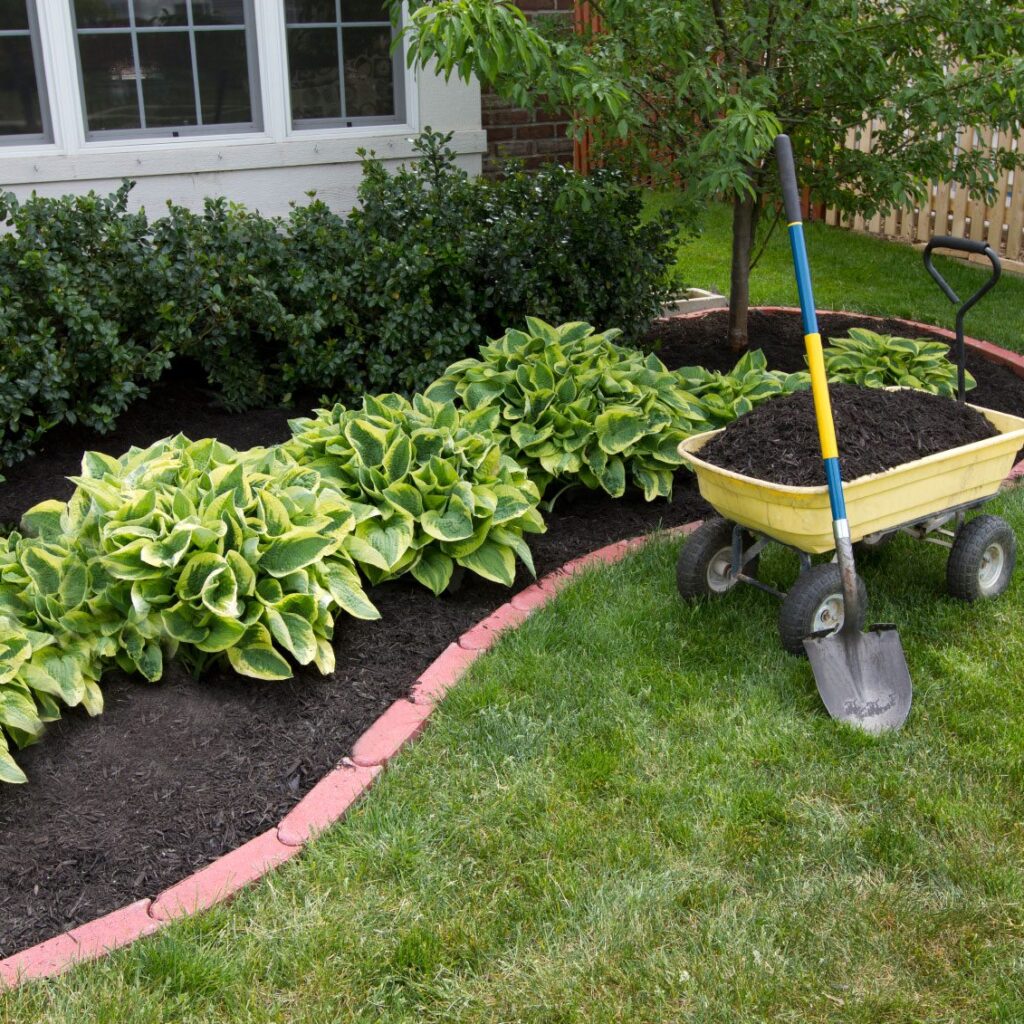
To determine how much mulch you need for your flower bed, use this simple formula:
Area of the bed (in square feet) × desired mulch depth (in feet) ÷ 27 = cubic yards of mulch needed
Why divide by 27?
Because 1 cubic yard = 27 cubic feet.
Example Calculation:
Let’s say you have a flower bed that’s:
- 12 feet long
- 6 feet wide
- You want to apply 3 inches (0.25 feet) of mulch.
Area = 12 ft × 6 ft = 72 sq ft
Volume = 72 × 0.25 = 18 cubic feet
Convert to cubic yards: 18 ÷ 27 = 0.67 cubic yards
So you’ll need about 0.67 cubic yards of mulch for this bed.
Mulch Coverage Estimates
Most mulch suppliers offer bulk mulch by the cubic yard or in bags (typically 2 or 3 cubic feet per bag). Here’s a handy reference:
| Cubic Yard of Mulch | Covers at 2 inches depth | Covers at 3 inches depth |
|---|---|---|
| 1 cubic yard | 162 sq ft | 108 sq ft |
| 0.5 cubic yard | 81 sq ft | 54 sq ft |
Standard mulch bag coverage:
- 2 cubic feet covers 12 sq ft at 2 inches depth.
- 3 cubic feet covers 18 sq ft at 2 inches depth.
Types of Mulch for Flower Beds
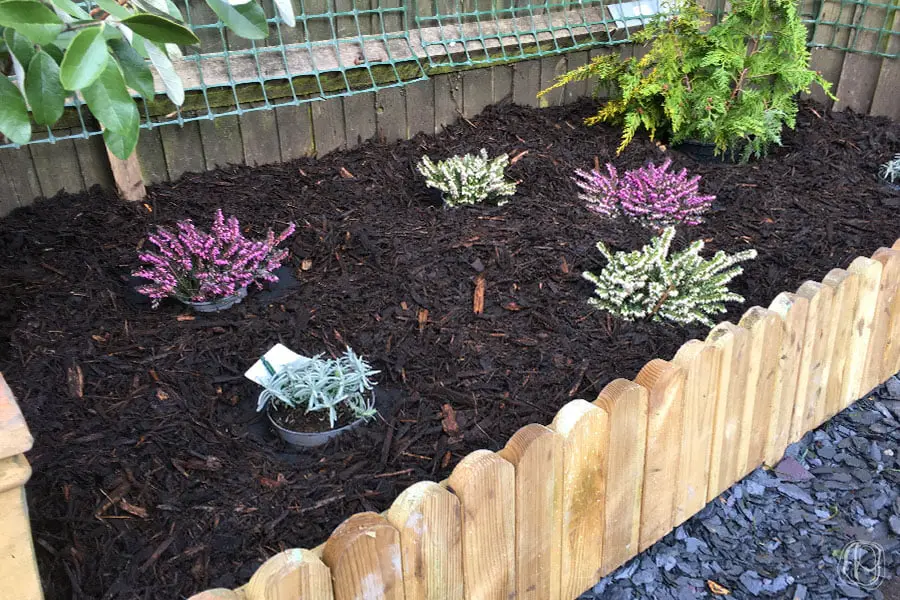
Choosing the right type of mulch affects the health and appearance of your flower bed.
Organic Mulch:
- Shredded bark/wood chips: Long-lasting, great for weed control.
- Compost: Adds nutrients but decomposes quickly.
- Pine needles: Ideal for acid-loving plants like azaleas and rhododendrons.
- Shredded leaves: Free and eco-friendly but breaks down fast.
Inorganic Mulch:
- Gravel or river stones: Permanent, decorative, excellent for dry climates.
- Rubber mulch: Durable, weed-suppressing, but lacks organic benefits.
- Landscape fabric with a mulch top layer: Blocks weeds and controls moisture.
How to Apply Mulch Correctly in Flower Beds
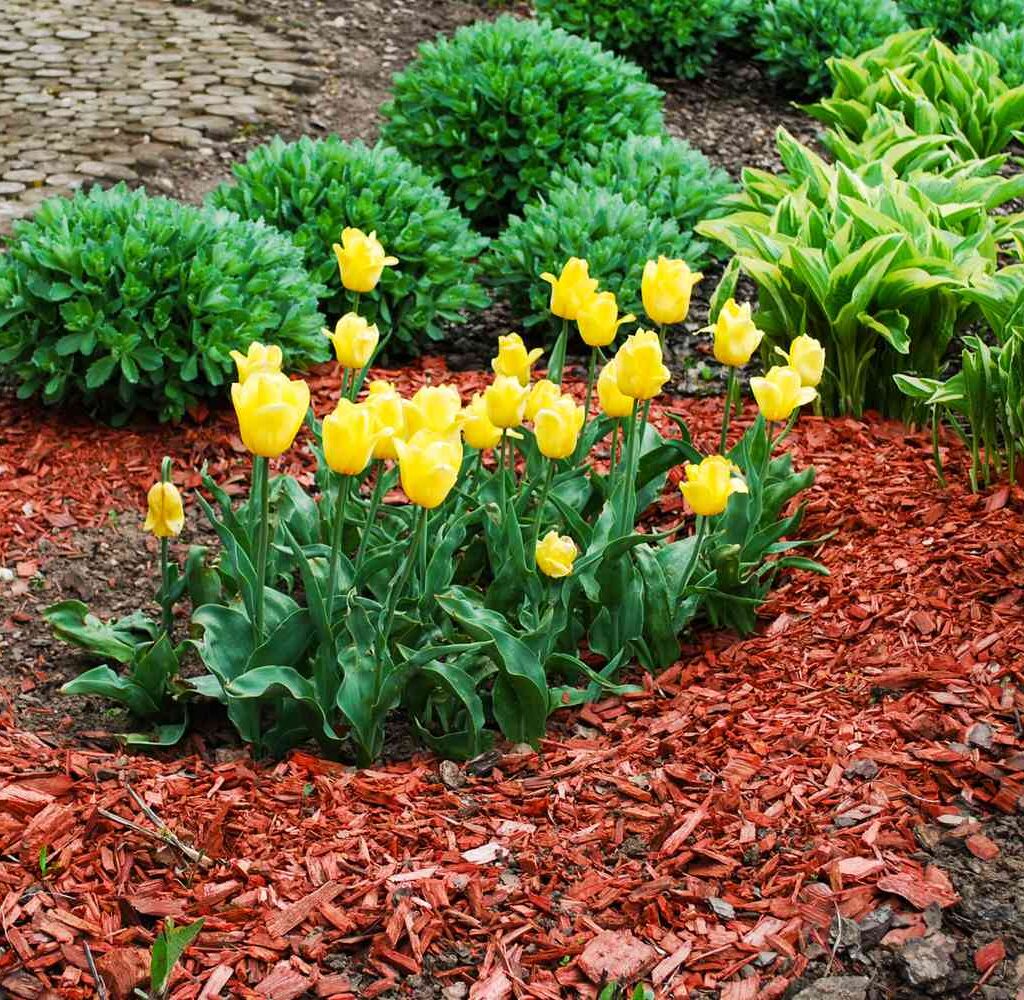
Step-by-Step Application:
- Clear the area: Remove weeds, debris, and old mulch.
- Prepare the soil: Loosen compacted soil and water it lightly.
- Spread mulch evenly: Use a rake or gloved hands.
- Maintain recommended depth:
- 2–3 inches for flower beds
- 1–2 inches for delicate annuals or around seedlings
- Leave a gap around plants: Keep mulch 1–2 inches away from flower stems and crowns.
When to Mulch Flower Beds
Best times to apply mulch:
- Spring: To retain moisture before summer heat and prevent spring weeds.
- Fall: To insulate soil before winter freezes and protect perennials.
Benefits of Correct Mulch Application
Properly applied mulch offers:
- Healthier plants with consistent soil moisture
- Fewer weeds and reduced garden maintenance
- Less soil erosion from rain or wind
- Enhanced garden appearance
- Improved soil structure and fertility over time
Common Mulching Mistakes to Avoid
| Mistake | Why It’s a Problem |
|---|---|
| Applying too much mulch (>4 inches) | Suffocates roots, traps moisture, invites rot |
| Piling mulch against plant stems | Causes stem rot and pest problems |
| Using unaged mulch | Can rob soil of nitrogen during decomposition |
| Using non-organic dyed mulch with chemicals | Potentially harmful to soil health and beneficial insects |
Conclusion
So, how much mulch is needed for flower beds?
In general, applying 2–3 inches of mulch provides the perfect balance of moisture retention, weed suppression, and aesthetic appeal for most flower beds.
Accurately calculating the quantity based on your flower bed’s area and desired mulch depth ensures you buy the right amount and avoid common gardening mistakes like over-mulching.
Remember:
- Choose a mulch type suited to your plants and climate.
- Apply mulch evenly, leaving space around stems.
- Replenish mulch annually or as it decomposes.
With the right mulching practices, your flower beds will thrive, boasting healthier plants, cleaner soil, and a polished, professional look that enhances your entire garden space.
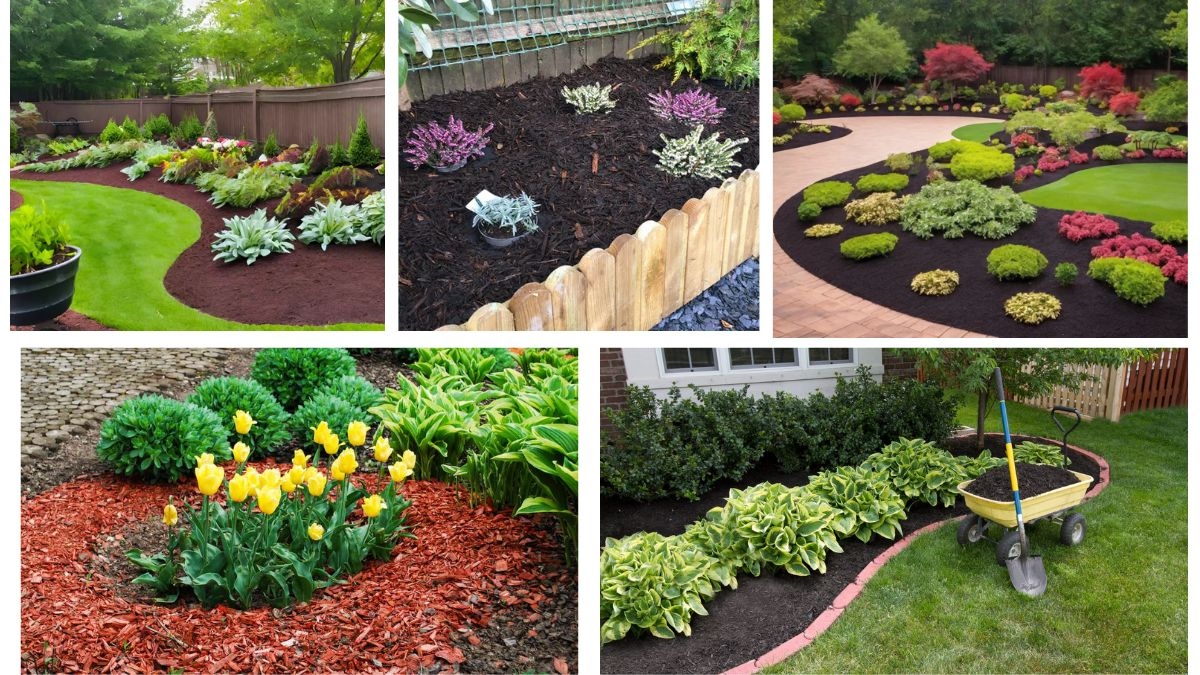



Leave A Comment